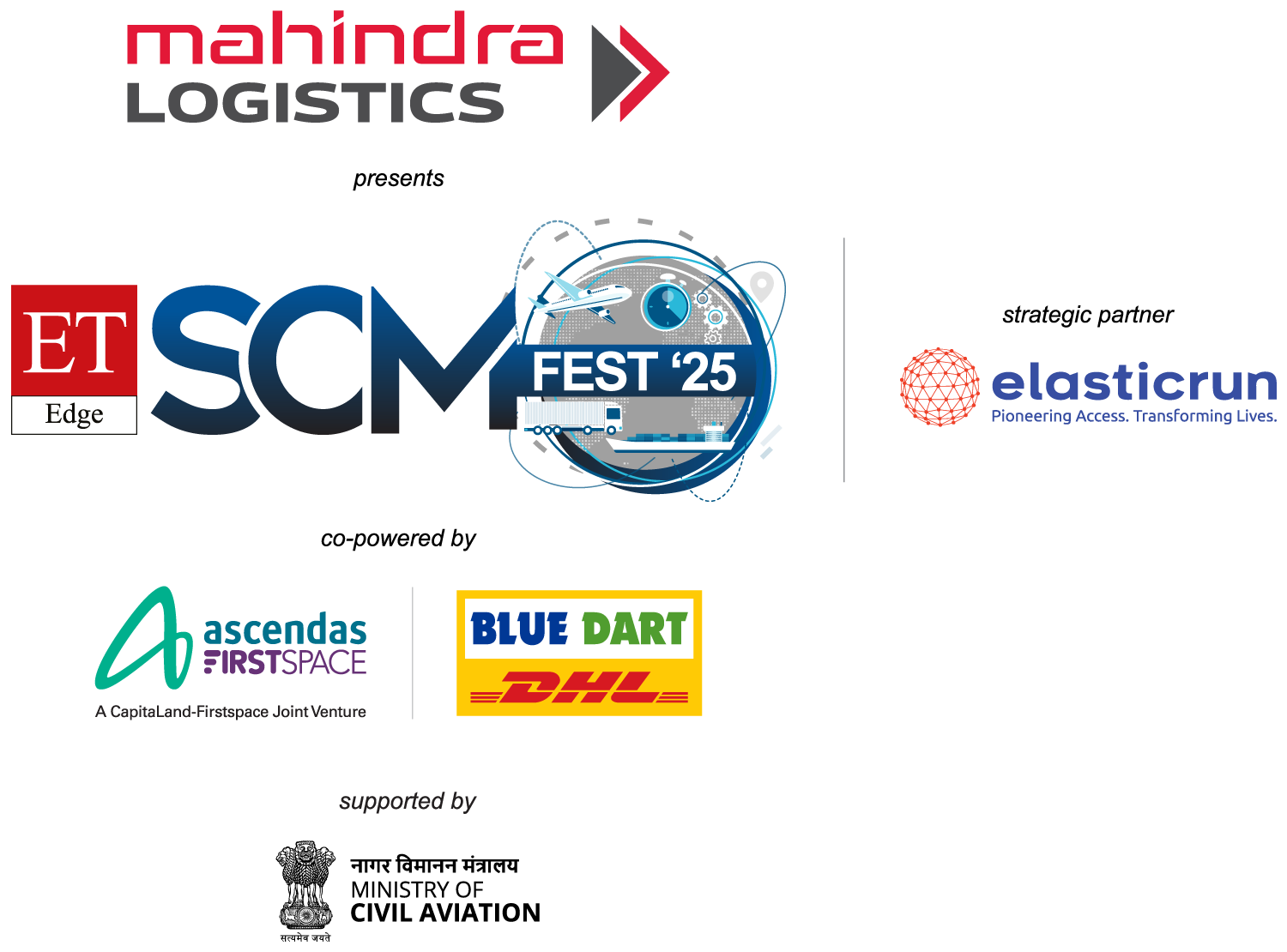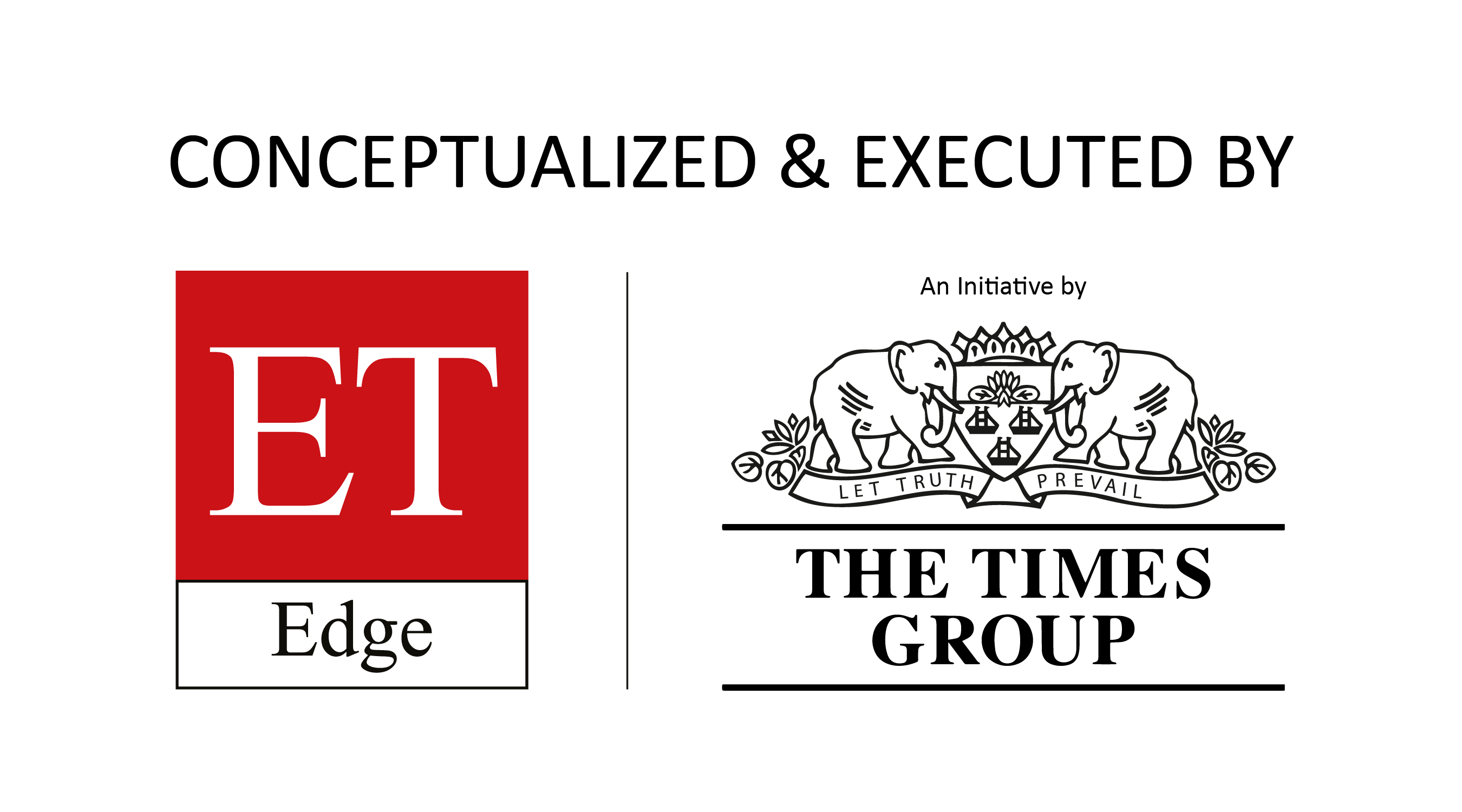Article
- Home
- Article

- scmcp2025
- 0 Comments
Resilience. Reforms. Results. Innovations Driving Efficiency & Sustainability
Written By: Sojwal Vora, Chief Supply Chain Officer, Manipal Hospitals
While the Covid pandemic challenged organizations worldwide in varied ways, one constant amid all the chaos was Supply Chain being at the forefront in helping navigate through the crisis. In that sense, Supply Chain may have made the most of the opportunity by elevating itself within the organizational hierarchy. It’s only natural then that the efficiency and resilience demonstrated by Supply Chain leaders across industries has helped not only uncover process improvement areas, but also drive changes and reforms to bridge those gaps that help deliver organizational results better – all this, while innovating in the background. Let us look at these elements individually.
Resilience
Lately, geopolitical tensions and other global events have had an impact on supply chains across the world. There have been disruptions in logistics and supplies, as raw material movements were constrained leading to finished goods shortages. Supply lead times have remained stretched for a long time due to a multitude of reasons – key among them being semiconductor shortages and non-uniform distribution of shipping containers worldwide. Besides, an unstable Product Demand coupled with extreme foreign exchange volatility has made hedging less effective, creating additional impediments in the recovery process.
India’s Supply Chain has evolved significantly since these pandemic-induced challenges, bouncing back smartly.
- At a macro level, the country benefited from the informal “China+1” strategy adopted by corporations globally to de-risk their supply chains. The trilateral agreement between India, Japan and Australia to launch the Supply Chain Resilience Initiative (SCRI) in 2021, that aims building resilient supply chains in the Indo-Pacific region, helped this endeavour further.
- At a micro level, organizations incorporated longer-window Material Planning and flexible Manufacturing Scheduling in their operations. Better alignments with customers on delivery constraints further helped manage expectations downstream.
Reforms
An important policy reform is India’s National Logistics Policy launched in Sep 2022. It is a comprehensive policy aimed at transforming India’s logistics landscape and boosting economic growth, that provides a good framework promoting digital adoption and blockchain integration. A key stated objective is to optimise logistics costs from ~13% to ~8% within 5 years. Other features include multimodal connectivity, infrastructure development, single window clearance, skill development and sustainable practices.
Another notable reform is the Government-led infrastructure development, with incentives to attract foreign investments. India is actively investing in infrastructure projects through the National Infrastructure Pipeline, focusing on energy, transport, urban infrastructure, digital connectivity and smart cities.
Indian industry is also adapting to the new normal by emphasizing agility, technology adoption and strategic planning. Organizational reforms include embracing advanced warehousing solutions, multimodal transportation strategies and business continuity planning.
Innovation
While Supply Chains have historically been managed through traditional means, recent innovations have helped significantly improve efficiencies and organizations have accelerated adoption of Business Intelligence software to gather functional insights towards this end. Predictive analytics and technology integration have given SCM an edge in recent years – using AI to optimise demand forecasts and inventories, and IoT sensors for real-time data on shipments or warehouse conditions, are examples of such tech-enablement.
Another feature is these innovations also incorporating sustainability as a core metric. Big Data analytics is helping companies use resources efficiently, focusing on reducing waste and optimising water/energy consumption. Ethical Sourcing that ensures fair labour practices and Circular Economy that promotes recycling, reuse or repurposing of materials are gaining traction. Maximising green energy sourcing and implementing eco-friendly transportation & packaging solutions are helping contribute to the organization’s Net Zero goals via carbon footprint reduction.
With all these developments and reforms amid shifting demand patterns across sectors, the future of Supply Chain looks robust. The increased momentum in supplier consolidation is likely to continue, as organizations start leveraging economies of scale and standardization. Improvements in internal governance with uniformity in policies, procedures and ways of working will become a norm, helping drive long term stability and compliance. The resilience of Supply Chains will continue to shine through, driving optimal results for the organization.
© Copyright 2025. All Rights Reserved.


